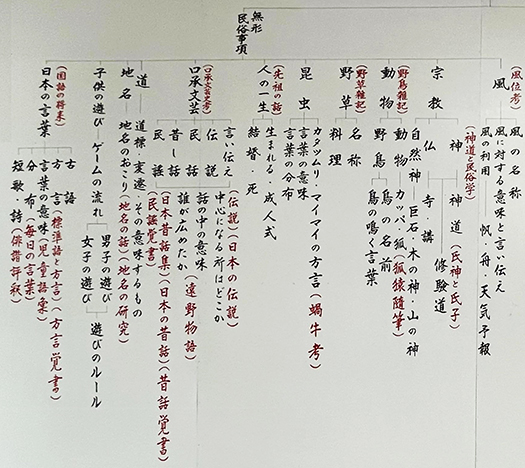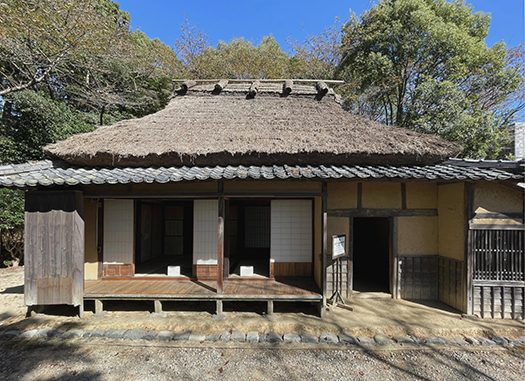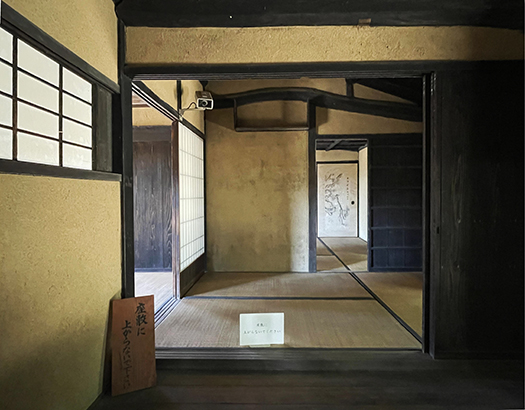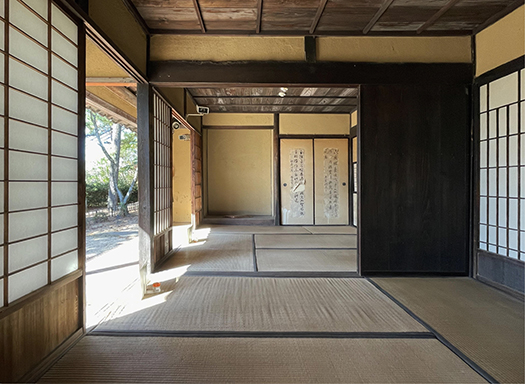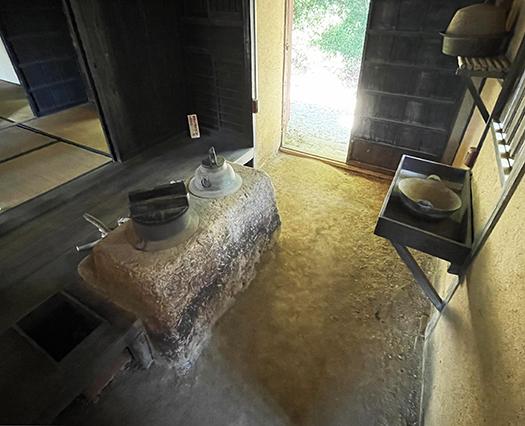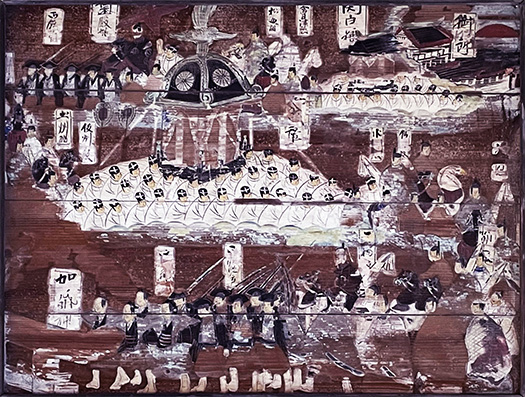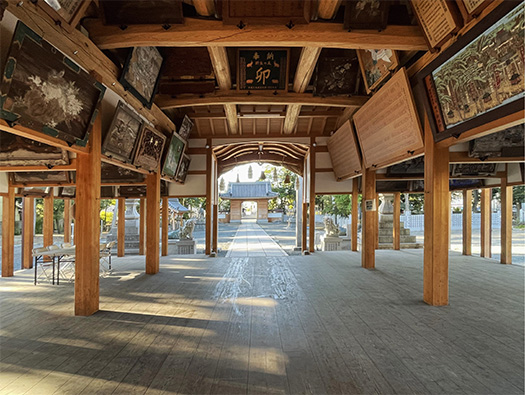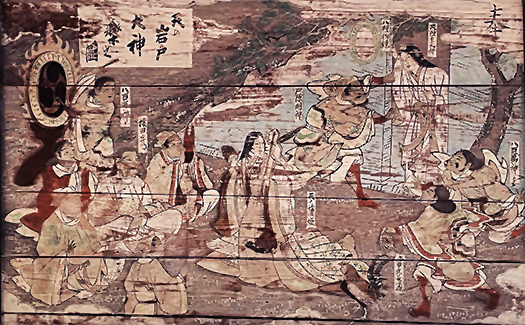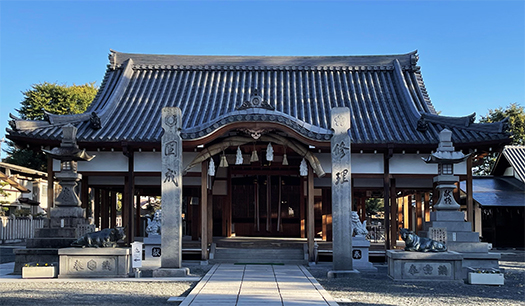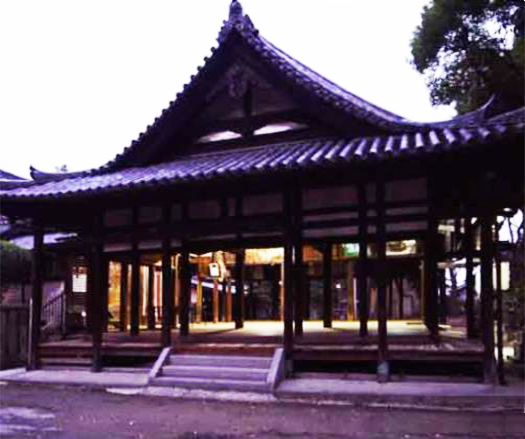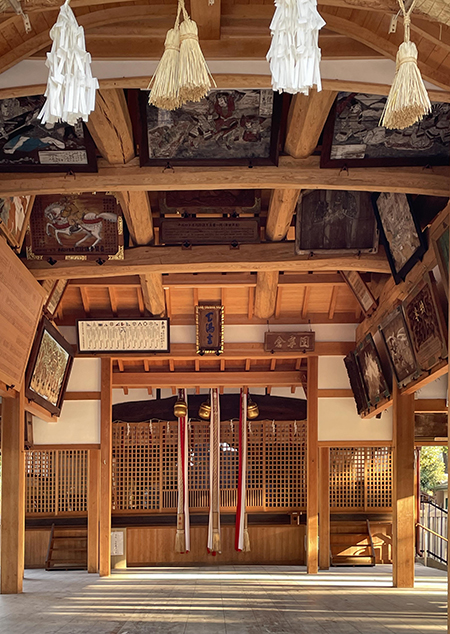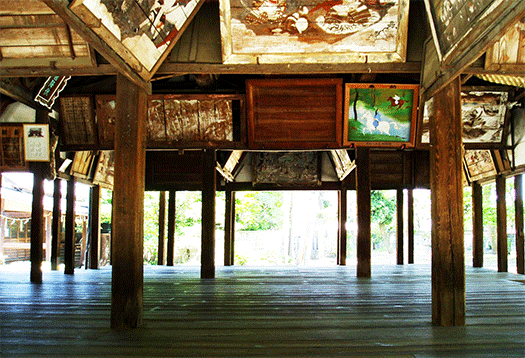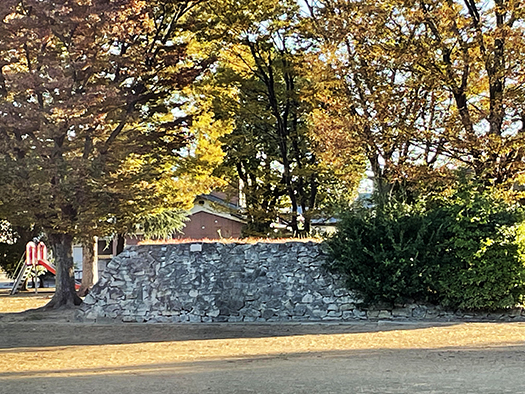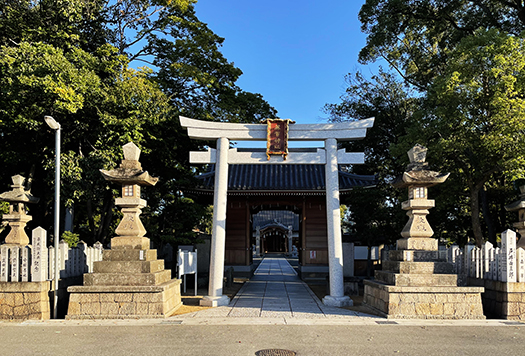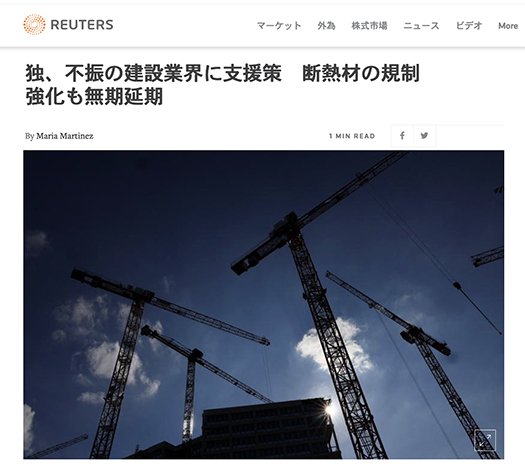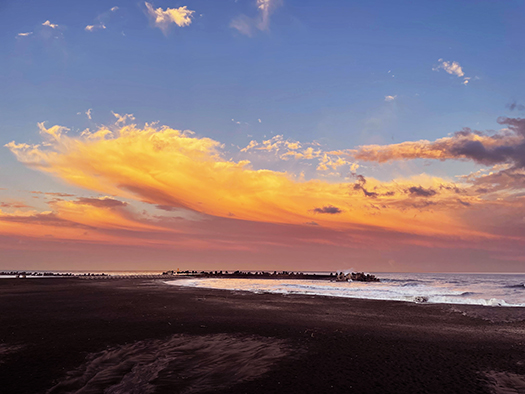
ブログ記事の連載として今現在は兵庫県福崎の民俗学の創始者「柳田國男」シリーズを続けてきていますが、きのうはブログの執筆環境がトラブルに見舞われてしまった。辛うじてFacebookでの読者のみなさん向けにはその「休止のお知らせ」は行いましたが、ブログ本文掲載としてはついに一時停止。
2005年8月9日にブログ掲載を開始して以来、6,600日以上と年中無休だけをこころの支えとして継続してきたものが非常に残念なことになってしまいました。
しかしこればっかりは自助を超える事態と諦観。 やむを得ませんね。
出張中だったのでその後も直接的には状況をハンドリングできず、担当スタッフからそのトラブルは回避できた旨の連絡を受けながら、今度はなんと通信のトラブルまでもが発生。
通常使っている移動先でのポケットWi-Fiが不具合を起こし、その回避策としてのホテルのWi-Fiまでもがなぜか接続不適合。この段階でこうした二重苦、三重苦状況への判断として、もっと根底的な原因と疑ってみることは自然。わたしの判断としてはMacbookPro本体の通信機能の障害を疑わざるを得なかった。まぁ、究極的だけれど、あり得る可能性としてはふつうの判断だろうと思います。
ところが本体のMac再起動後、ためしにと思ってiPhoneのWi-Fi接続機能に切り替えてみたら、あらま、スムーズに接続できるではありませんか。オイオイ。
通常のWi-Fi接続の一般的方法が2つもダメだったものが、最後の手段で繋がったということになる。まことに狐につままれたような事態。
こんなアクシデントが3重にまで偶然重なるということもあるのですね。ちょっと信じられません。ここまでくれば、これは天の声、思し召しと深く頷くしかありません。そういうことで淡々と受け入れて参りたい。
まぁ18年間、ずっと続けられたことが逆に実に多くの方のご助力の賜物だったということ。
そういった状況なので本格的なブログ連載シリーズへの復帰には、もうすこし自分の気分を整理整頓してから取り組みたいと思います。本日は取り急ぎ、ブログ環境についてのご報告までとさせていただきます。
English version⬇
Double trouble in blog writing environment and WiFi connection environment
Communication and connection troubles attacked during a business trip. Unable to overcome the problem on my own, I had to pause the blog for a while. However, I will accept it without hesitation and restart. We hope to see you again in the future. Thank you for your continued support.
I have been writing a series of blog posts on Kunio Yanagida, the founder of folklore in Fukusaki, Hyogo Prefecture, but yesterday my blog writing environment ran into trouble. We barely made a “notice of suspension” of the series for our readers on Facebook, but as for the blog text publication, it has finally been suspended.
It is very unfortunate, because since we started posting the blog on August 9, 2005, we have continued to do so for more than 6,600 days and 24 hours a day, 365 days a year.
However, we have resigned ourselves to the fact that the situation is beyond our ability to help ourselves. It is unavoidable.
I was on a business trip, so I could not directly handle the situation after that, and while I was informed by the staff in charge that the trouble had been avoided, this time, to my surprise, even a communication problem occurred.
The pocket Wi-Fi that we normally use at our destination malfunctioned, and even the Wi-Fi at the hotel, which was a workaround for the problem, somehow failed to connect. At this stage, it is natural to suspect a more fundamental cause for the double or triple woes. In my judgment, I had to suspect a communication failure in the MacbookPro itself. Well, it is an ultimate decision, but I think it is a common judgment as a possible possibility.
However, after rebooting my Mac, I switched to the iPhone’s Wi-Fi connection function just to see if it would work, and lo and behold, the connection went smoothly. Oui, oui.
After two common methods of connecting to Wi-Fi had failed, I was able to connect as a last resort. It was like being stuck in a fox’s claws.
It is possible for such an accident to happen by chance up to three times. It is a little unbelievable. I can only nod my head and say, “This is the voice of heaven, this is the will of God. I would like to accept it without hesitation.
The fact that we have been able to continue for 18 years is, on the contrary, the result of the help of many people.
I would like to get my mood a little more organized before returning to a full-fledged series of blog posts. I would like to take this opportunity to report on the blogging environment today.
Posted on 11月 18th, 2023 by 三木 奎吾
Filed under: Mac.PC&DTP | No Comments »





